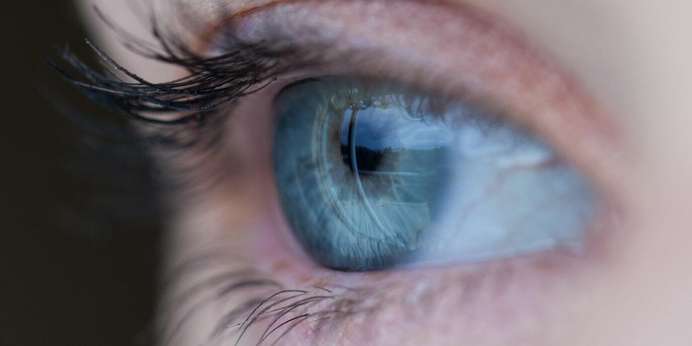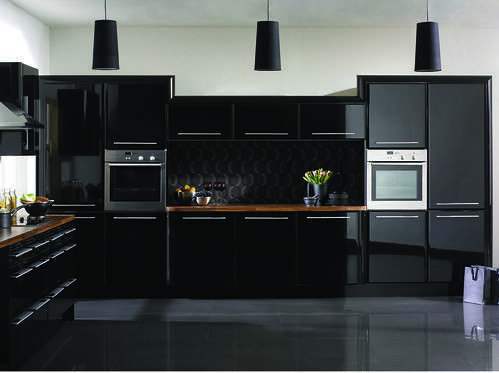
Selecting the right spectrophotometer requires understanding the optical geometries available in to ensure the instrument is compatible with your needs. Image Source: Unsplash user Sean Brown
Spectrophotometers have changed the way color is evaluated and are an integral part of product research, development, and manufacturing across industries and around the world. The advanced spectral analysis made possible by these instruments allows for unprecedented color quality control while simultaneously increasing efficiency and offering significant opportunities for cost-saving. However, the specific type of spectrophotometer you select can have a great impact on your color measurement abilities and results.1 Choosing the correct instrument for your purposes requires an understanding of optical geometries and how they affect your ability to obtain the data you need.

A 45/0 spectrophotometer automatically accounts for geometric attributes like gloss to measure color appearance. Image Source: Flickr user Nick Pateman


